manna momentLet's think about this: Our God, the One who holds our world and universe in His mighty hand, loves relationships. He is One God in three persons and therefore has always been in close, harmonious relationship with Jesus, His Son, and the Holy Spirit. It is through Jesus that God created by the Holy Spirit. Adam and Eve were part of His creation and they were perfect and in perfect relationship with God where God could walk and talk with them in the garden. Can you imagine? This was the norm until sin was chosen and separated them from God. Sin separated and divided but God desired reconciliation so much that He sent His Son to die, to take our sin and be separated for the first and only time from the Father so that we can be reconciled back to God. Relationship means that much to God. You mean that much to God. Confess Jesus as Savior for He is worthy. Repent and turn from sin and be free to live for Jesus. It is no wonder that He has placed relationship so abundantly throughout His creation. Every time you see a relationship, remember our God of relationship. One example in nature is through mutualism, a symbiotic relationship where two different species help each other. Thank You Lord for Your relationship to us and that we can see your love for relationship reflected throughout Your creation. ReviewBefore we jumped into the Coral Reef, I had the students review the ocean zones we learned last week as well as the ocean animals that are found in each zone. This brought me to asking them the question of what ocean zone they thought they would find the Coral Reef read aloud: Magic School Bus Takes a dive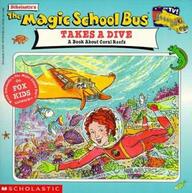 While the Magic School Bus series are not creation based, the older versions do not have as many references to evolution as the newer books do. This book highlights four different mutualistic, symbiotic relationships in ocean animals whose habitat is the coral reef. Since this is a story of class discovering new things, it intrigued my class well. 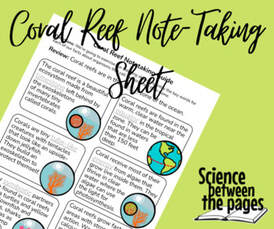 Before I began reading the book, I gave each of my students this note taking sheet. They were able to follow along as we learned different things about the coral reef. Partner Up!When we finished learning about the different mutualistic, symbiotic relationships, I had the students pair up. We then played three- legged races and blindfolded obstacle courses. The student's had to learn to work together or fall, communicate or fall and had the responsibility of leading each other safely through obstacles. Check out the fun and the relationships of these wonderful students. Jesus makes all the difference in relationships. 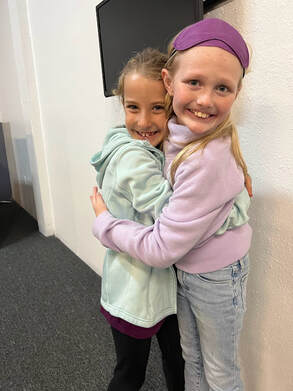 They did it!! Sweetness!!! Thank You Jesus!!! The students in the Route 104 Airstream had significantly less obstacles, however, they did have to avoid running into each other. They did great! 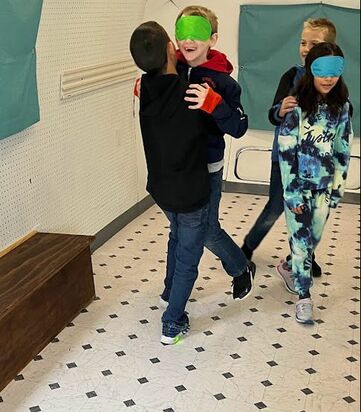 And sometimes, your partner will just pick you up and carry you through the obstacles. Love it! Coral Reef Sheet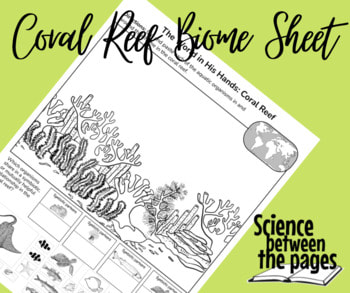 For the students activities at home this week, they will color, cut, and paste their own coral reef. I encouraged them to use all sorts of colors. The Route 104 crew were able to get a five minute head start on this. This sheet is different from the other biome sheets in that there is not a food chain to fill in. Instead, there are the symbiotic relationships that we learned about today.
Homework showcaseI absolutely LOVED the coloring that this student made on her homework from last week. It's beautiful!
0 Comments
Manna MomentGenesis 1:9- “And God said, “Let the waters under the heavens be gathered together into one place, and let the dry land appear. And it was so. God called the dry land Earth, and the waters that were gathered together he called Seas. And God saw that it was good.” When we gather things, we usually gather them with a purpose to put them in order amidst the chaos. The imagery of God ‘gathering’ the waters in order to place them where they should go is an intentional and purposeful design. He controls the waters and even controls the tides telling the oceans how far they can come on shore. I am so thankful to be able to trust a Creator God who intentionally orders our lives with good things. Where are the oceans?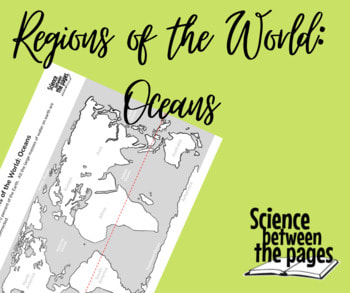 Let us jump into the oceans to review the names and locations of the five oceans of Earth. I had the students jump to the bigger oceans but when it came to the Indian, I just had them stick their toe in:) Here is a Regions of the World Map to help review the seven continents and five oceans. Ocean Trivia and Treasure Hunt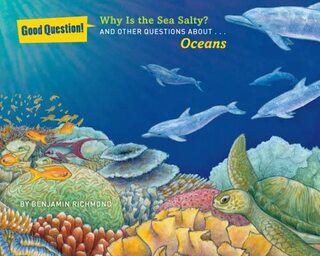 Typically, I read aloud a book to give the students content information and have conversation about our learning objectives, however, today, our book had more trivia questions which I turned into a treasure hunt. None of the students asked for a 'treasure' so our treasure was the knowledge gained from studying these ocean trivia questions. There are 15 questions and answers that I used and placed an answer and question on each card. They are numbered. The number 1 question is actually on the bottom of number 15's answer. So the student would read the question, see if they already know it (activating prior knowledge) and then go find the matching number from the question and read it aloud. They would then read the next question and someone else would go find the answer. One of the trivia questions in the book told us about how a storm had come and knocked a crate of bathtub toys out into the ocean. This taught the scientists that the oceans were connected and how the ocean moves. I was displaying the picture of the gyres, pronounced 'ji-er' to show what the scientists had observed. Layers of the OceanThere are 5 ocean zones that I am aware of and each of them has a common name and a more scientific name. I chose to focus on the first three ocean zones; Sunlit, Twilight and Midnight zones while keeping their names common. As students cycle through learning more about the ocean, they can learn their scientific names. On the Ocean Biome sheet, I did include the scientific name so they are aware of it but for our learning purposes, we used the common names. I set up my agility ladder to have three spaces and labeled each space with the ocean zone. I then demonstrated that as they hopped through they were to recite the name of that ocean zone they were jumping through. Thank you Summer Lange for these great photos. If you need professional photos done she does a beautiful job. She helps me out each week during class and happens to be a photographer...God is so good!!! After we learned the layers/zones of the ocean, we then filled them with animals from our biome sheet. And then we worked on our Biome Sheet This Biome Sheet is designed that each of the animals have a dotted line that matches the zone or layer that this animal is known to enjoy the most. Included with this Biome sheet are the names of each animal and the zone that they frequent. He did it!! I just assigned this for homework yesterday. Great Job!!
manna moment- Matthew 4:1-17As soon as Jesus was baptized and God said that Jesus was His Son and that He was well pleased with Him, the Spirit led Jesus into the desert for a time of fasting and preparation before His ministry began. During this time, it was not easy. Satan tempted Him, yet Jesus withstood the temptation and responded to Satan’s lies with truth from scripture every time. We know that the Lord loves us for He died for us on the cross, yet that doesn’t mean we won’t still have trying times. If you have hard times remember God’s love for you will never fail and He has given you His Word to be able to counter any lies that Satan might be tempting you with. Desert Food Chain Scramble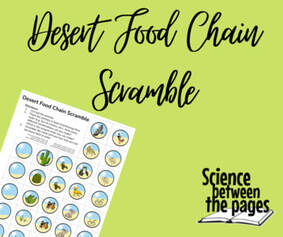 I gave each student group a set of these cards cut and laminated. I absolutely love the art on these cards. The artist (my husband) did such a great job depicting the desert sun, flora and fauna. You should grab these. The students had to sort the cards and place them in as many food chains as they could. They didn't all fit and it left flexibility for different food chains. There are also suggestions printed on the directions so the student's could reference something as they sorted. read aloud- dig, Wait, Listen: A desert Toad's Tale by April Sayre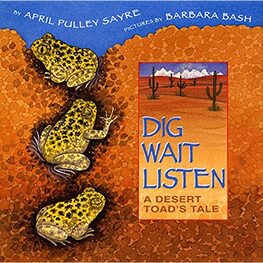 As I read this book, I had the students help me with all the different kinds of sounds. I had quite a rain storm by the end of the book happening. Once we finished the book, I had a life cycle wheel of a frog. I used this to compare the life cycles so that they know how truly quick spadefoot toads develop as a result of the ecosystem they inhabit. Life Cycle of the Spadefoot Toad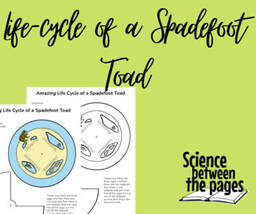 To go along with this book, here is a Life Cycle wheel of the Spadefoot Toad. The illustrations were intentional as there are 3 eggs to begin with but then only two turn into tadpoles. Out of both tadpoles only one survives and becomes a toad. Not all the eggs get to hatch and not all tadpoles survive. In fact these tadpoles live in a puddle in the desert and they have until the puddle dries up to fully develop so they can burrow into the sand until the next rainstorm. The tadpoles, while in the puddle, eat each other which is a big reason that the tadpoles don't all survive. aloe Vera DissectionAloe Vera is a plant also known as a succulent. Succulents have fleshy stems that can absorb and store large amounts of water. Transpiration is a process that plants use to release water into the air during photosynthesis, succulents like aloe vera do not do this. God designed them to have needles instead of leaves so that they don’t lose water. The waxy coat on the aloe vera stems prevents evaporation. First, I had the students observe the outside of the aloe vera stem. They felt it even its spikes. I then dropped some water on the outside of the stem for them to observe what happened. The water just ran off signifying their waxy coat that protects their water storage from evaporation. I introduced the scientific method to the students using this activity. I had the students assist me in the procedures as I cut the aloe vera plant. They were to label the parts of the aloe vera plant on their dissection guide. I cut out some gel for them to taste and they all were able to feel the slickness of the aloe. As a bonus, I brought in little pieces of cactus called Nopalitos for everyone to try as well as some aloe juice. We had a desert feast. aloe vera Dissection guide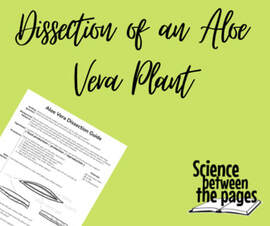 Here is the dissection guide that I followed. The students were able to label the parts of the plant as well as be exposed to how to use the scientific method to answer questions. We will be continuing our adventures into God's beautiful creation by studying more biomes and ecosystems. Today, we began with the Desert. opening activity: refresh and reviewSince we had a break in our class, I wanted to warm up the students and refresh their memory of Psalm 95:1-6 that we memorized with hand motions last semester as well as review some of our vocabulary that we will continue to use throughout this semester. Psalm 95:1-6 states, "Oh come, let us sing to the LORD. Let us make a joyful noise to the rock of our salvation! Let us come into His presence with thanksgiving. Let us make a joyful noise to Him with songs of praise. For the LORD is a great God and a great King above all gods. In His hands are the depths of the Earth. The heights of the mountains are His also. The sea is His, for He made it. And His hands formed the dry land. Oh come, let us worship and bow down. Let us kneel before the LORD our Maker." manna momentExodus 17:6- "Behold, I will stand before you there on the rock at Horeb, and you shall strike the rock, and water shall come out of it and the people will drink." This is what the LORD GOD told Moses while he was leading the Israelites out of Egypt and through the desert. One of the main characteristics of a desert is its lack of water. Consequently, the Israelites complained that they didn't have any water in the desert. The LORD is a wonderful Father and a great Provider. The Lord provided water from a rock in the desert so that His people could drink and be satisfied. Just like the Israelites needed water in the desert, the plant and animal life in the desert need water and food for life as well. Thankfully, God so ordered His creation with plants and animals to be able to withstand the extreme temperatures of the desert. Just as the Lord provided for the Israelites in the desert and the animals and plants that live in the desert now, He will most assuredly provide for us. In fact Jesus says in Matthew 6:33 to "Seek first the kingdom of God and His righteousness, and all these things will be added to you". If you are wondering what 'these things' are, you can read Matthew 6: 25-33. He is saying that you don't have to worry about what you eat or what you will wear. God the Father already knows we need these things and He will take care of it. Being free from this worry, we can focus on seeking His Kingdom first in all that we do. Where can we find deserts?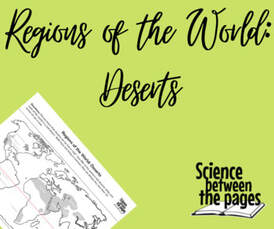 As a review of their geography, but also to learn where the deserts are in our world, we used this clever geography map. The grayed areas are the places where the deserts are with the names of the different deserts around the world. The students, while we were talking about the different deserts, were free to color in the different deserts and trace the grayed names of the different deserts. Read Aloud: Deserts by Cathryn Sill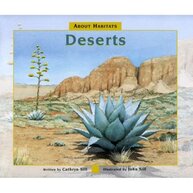 I love this series of books about habitats. The pages are simple and the pictures are wonderful. They highlight a type of plant and animal on almost every page. This book made note of the different ways the animal and/or plant is able to survive in the extreme biome of the desert. To go along with the book I made this reading guide so that the students could review what they learned. You can find this Listening Guide here. Desert Biome SheetI like doing these Biome sheets because it pulls all the information that we learned about the biome with its animals and plants and places it all on one sheet for them to be able to quickly review. This biome sheet comes with an extra page of animals and plants that can be cut and glued to the sheet. They are also welcome to choose their own desert energy/food chain.
You can find this Biome sheet here. |
Lead LearnerWelcome! My name is Nicole Fleming and I have been leading science learning in the Bryan/College Station homeschool community for over 10 years. Archives
April 2023
Categories |
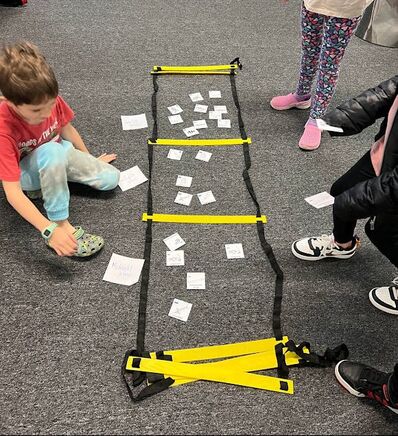
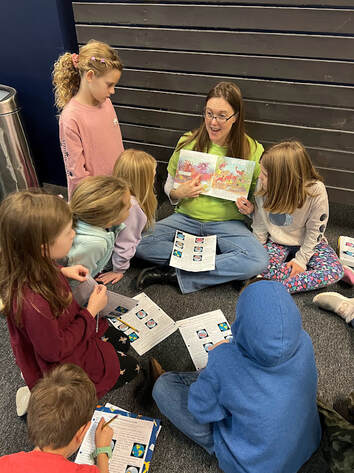
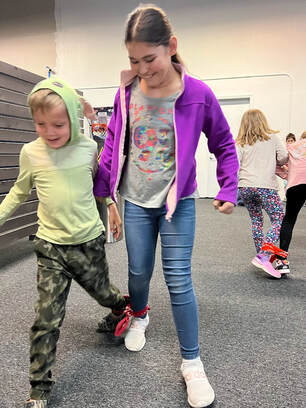
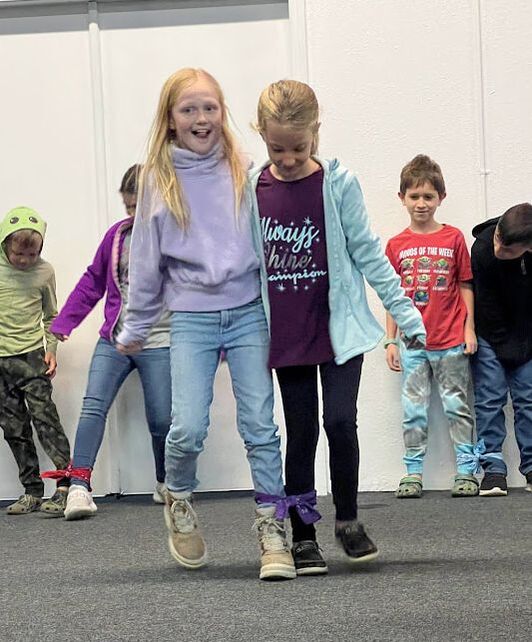
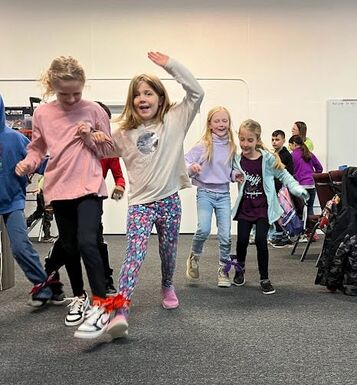
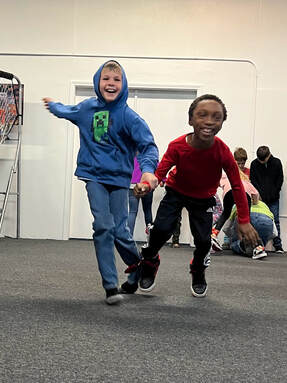
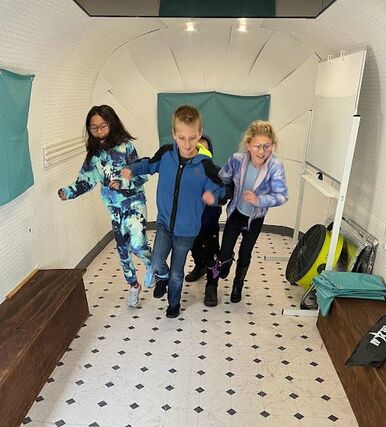
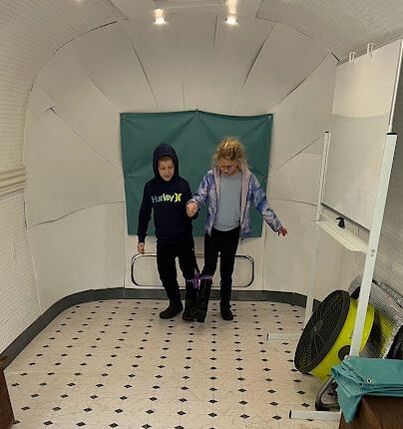
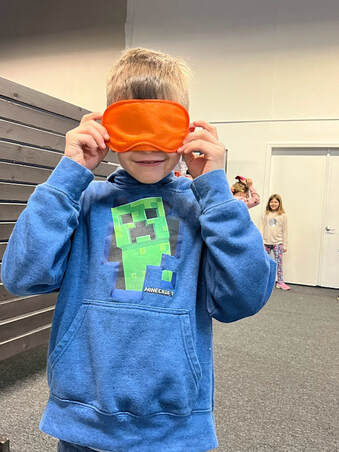
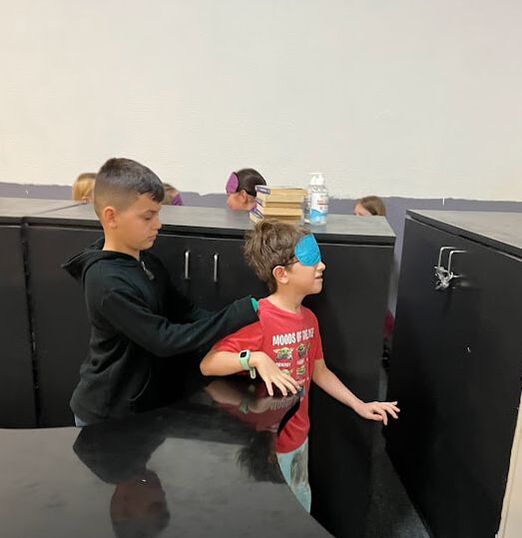
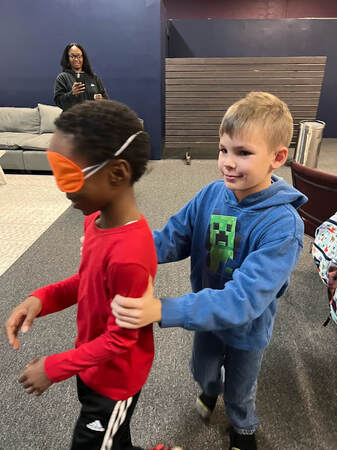
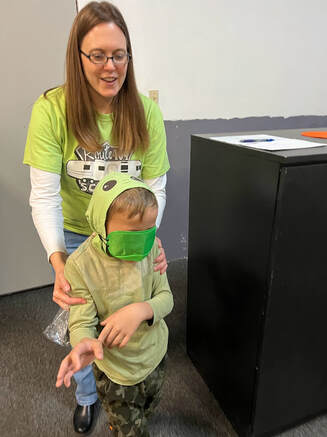
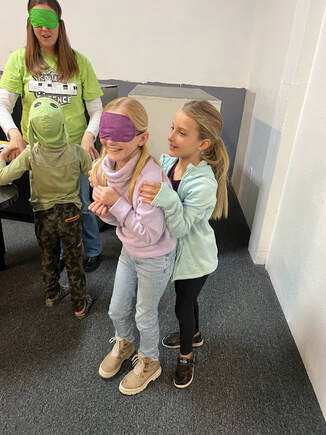
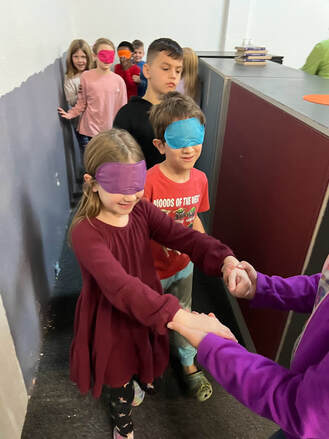
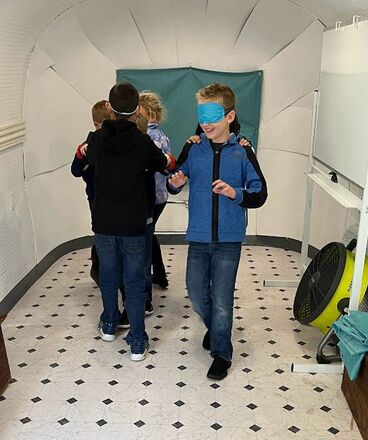
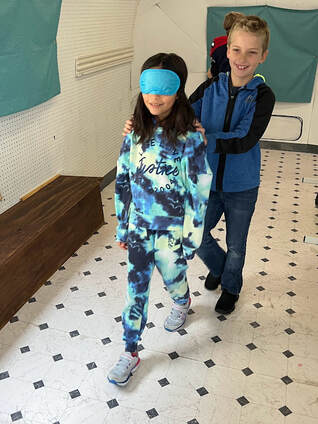
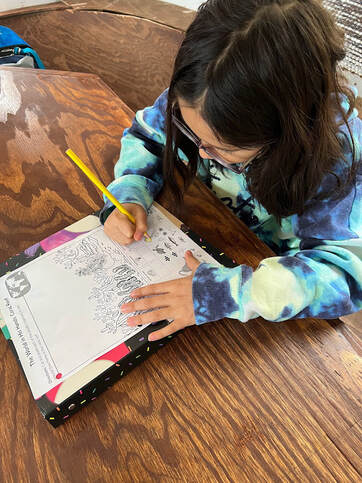
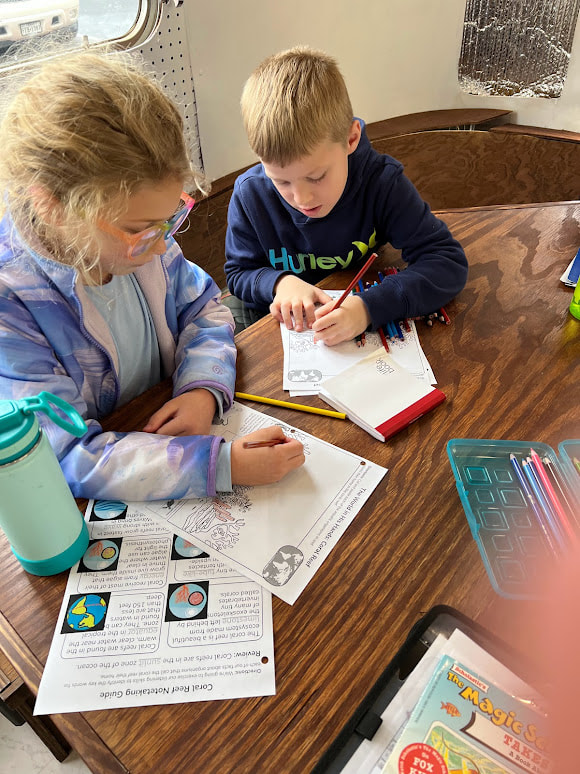
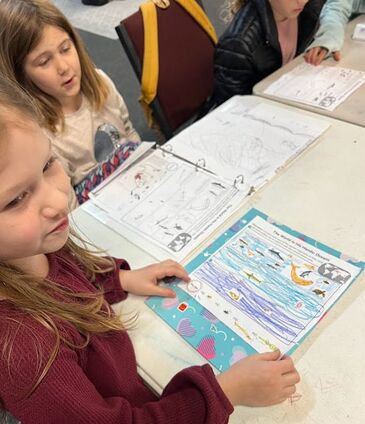
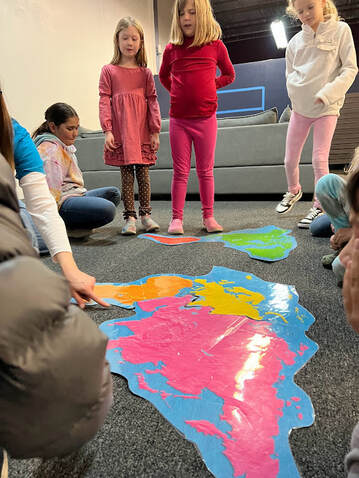
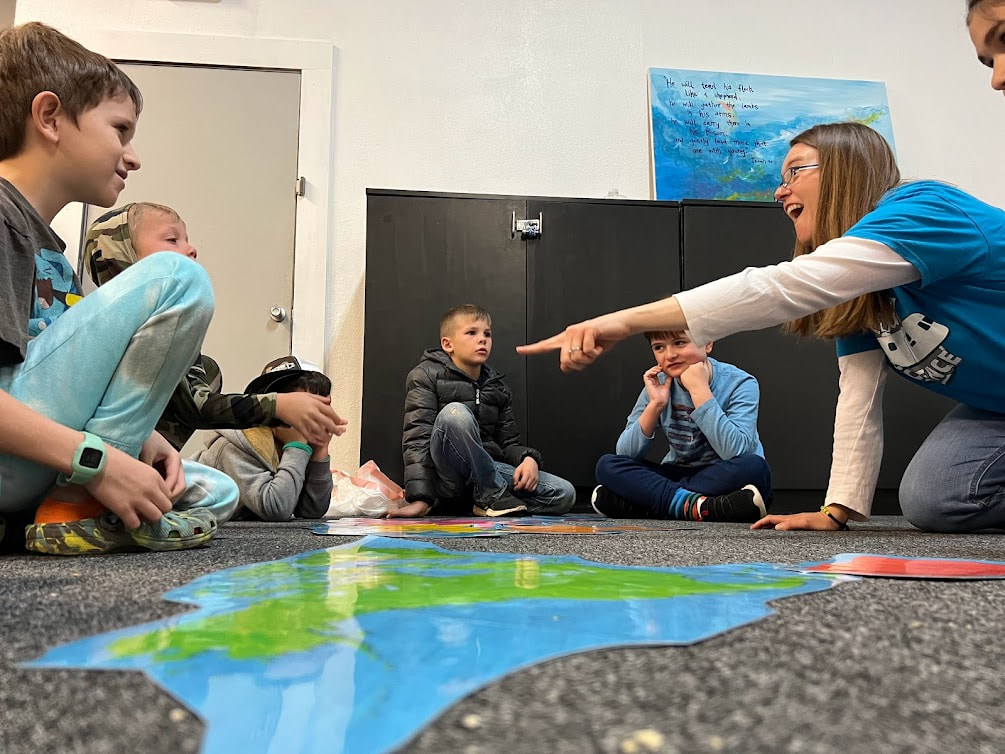
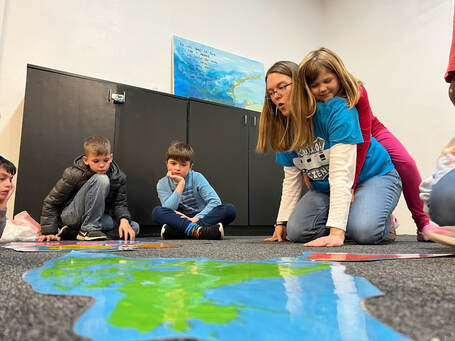
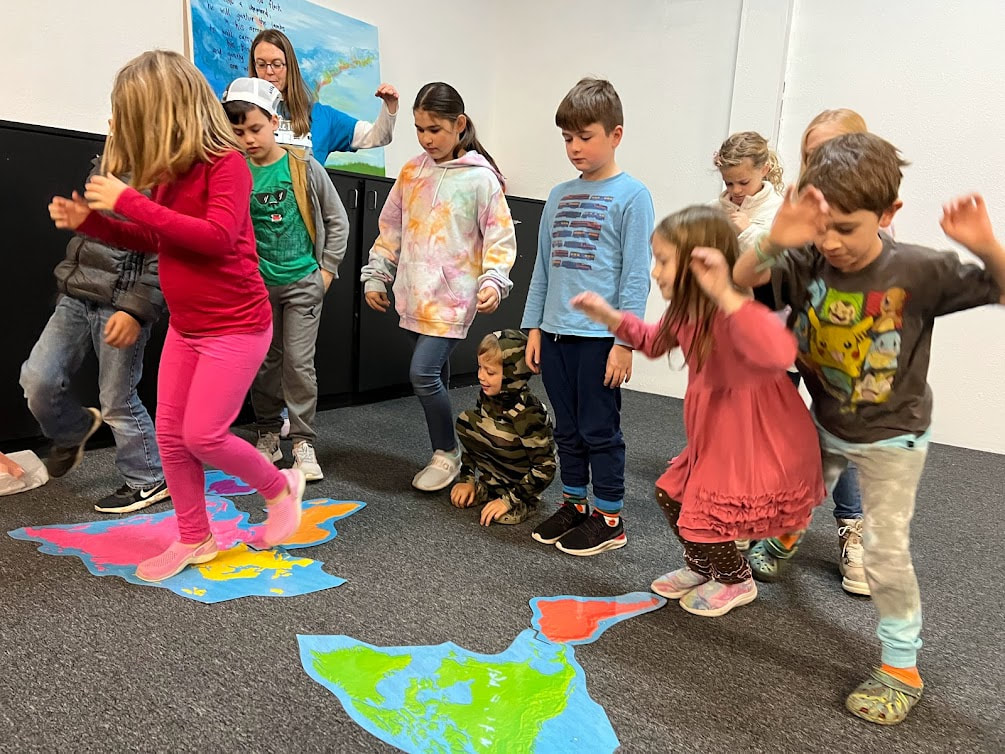
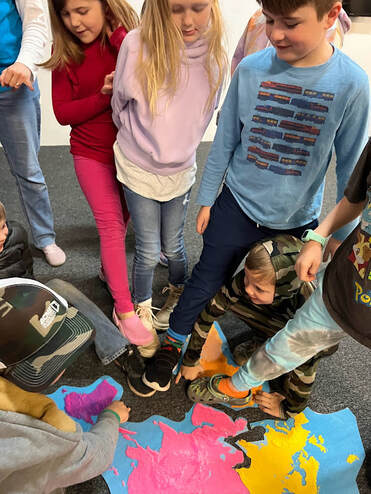
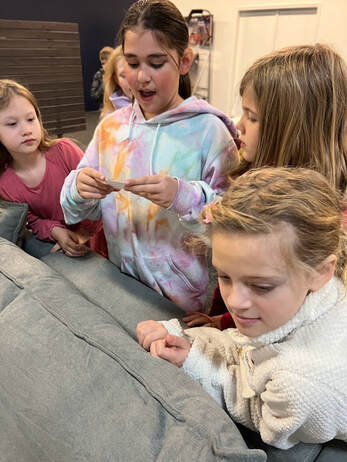
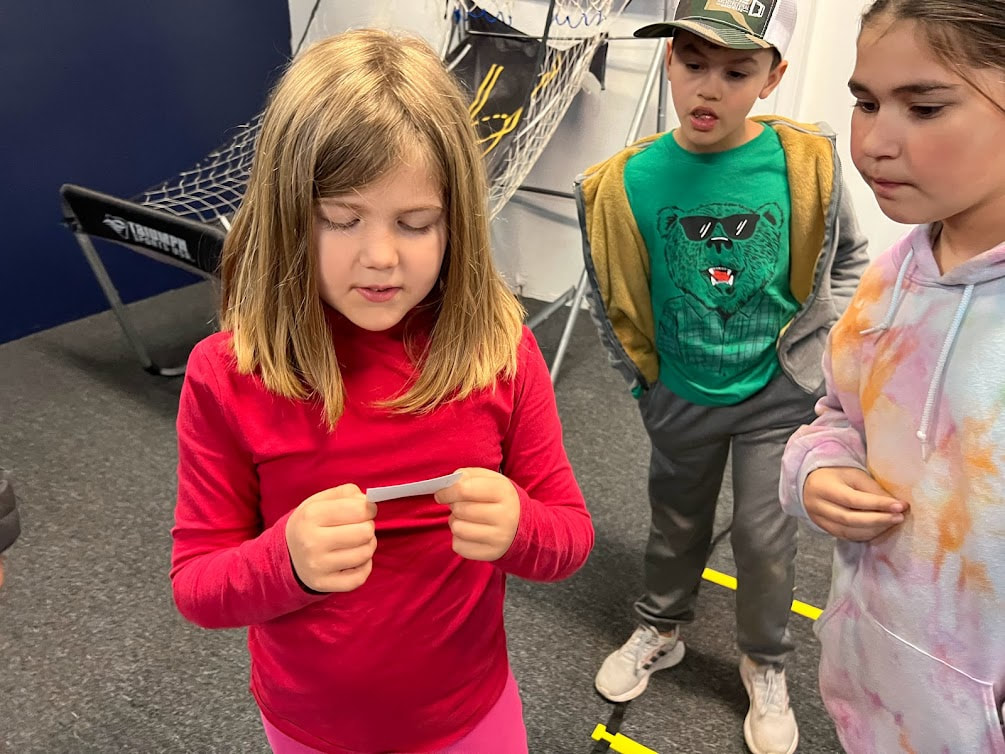
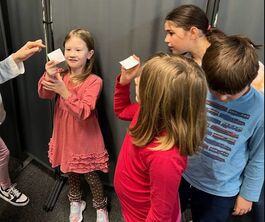
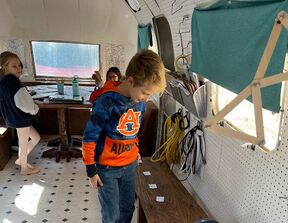
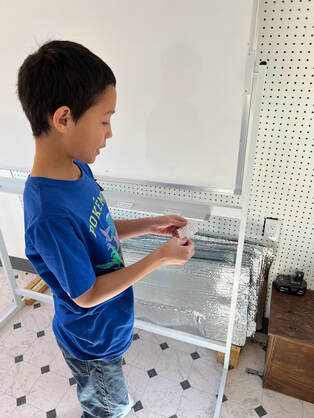
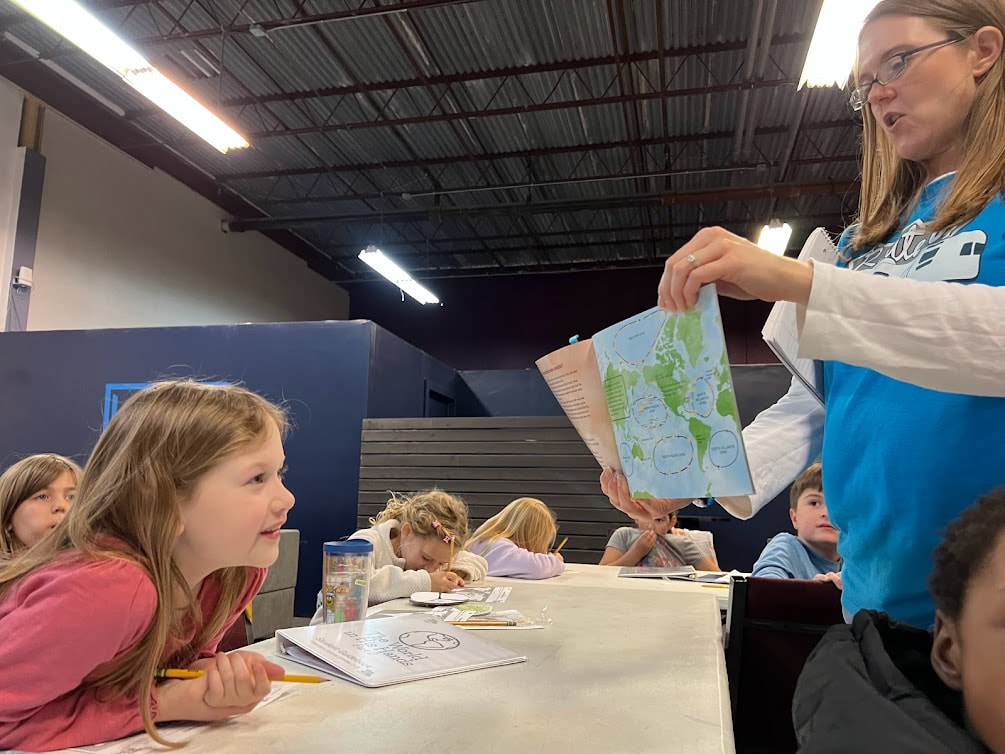
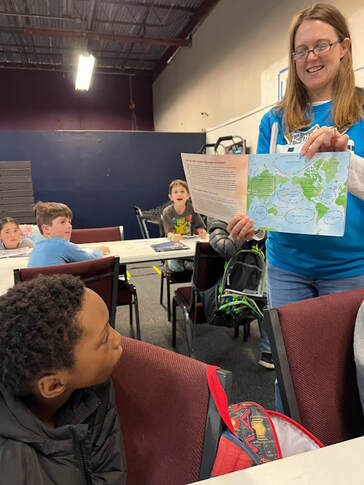
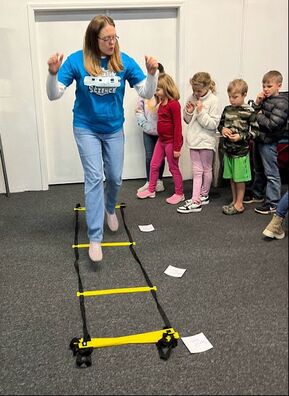
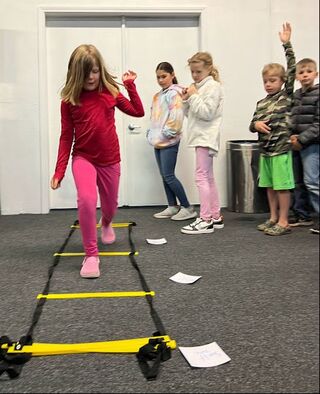
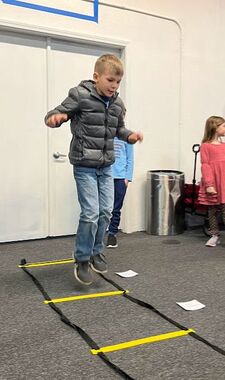
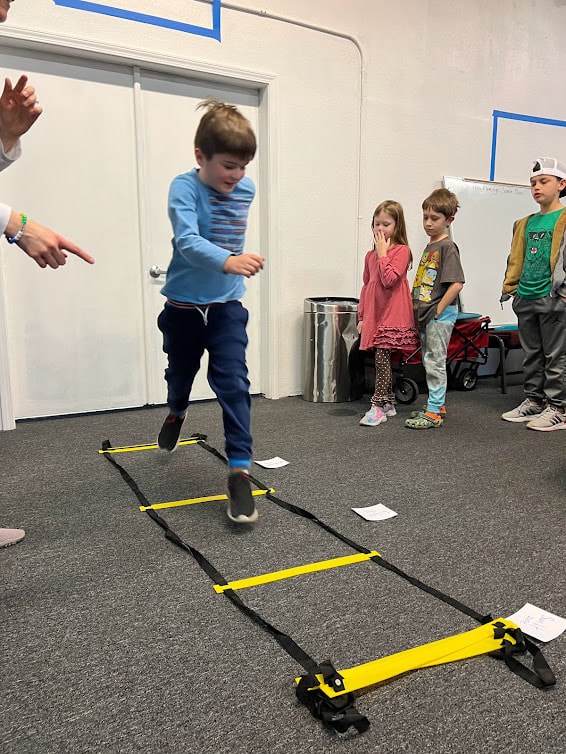
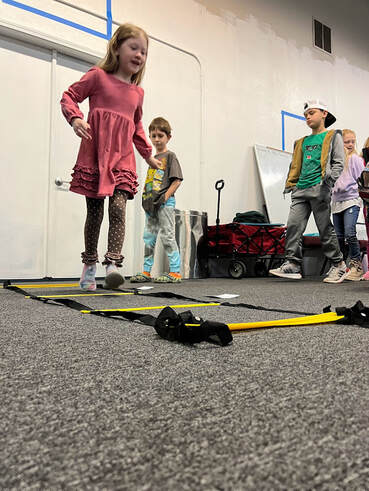
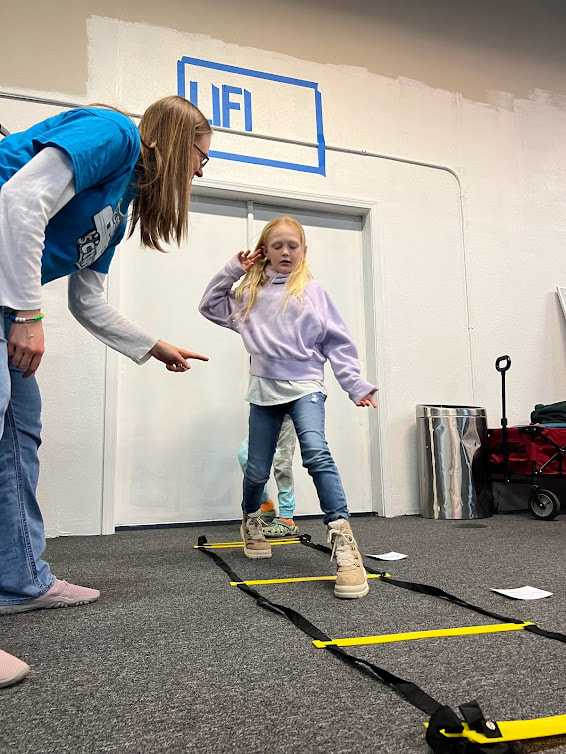
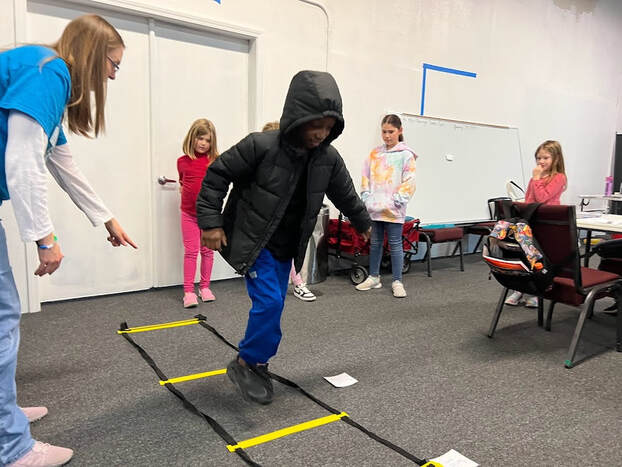
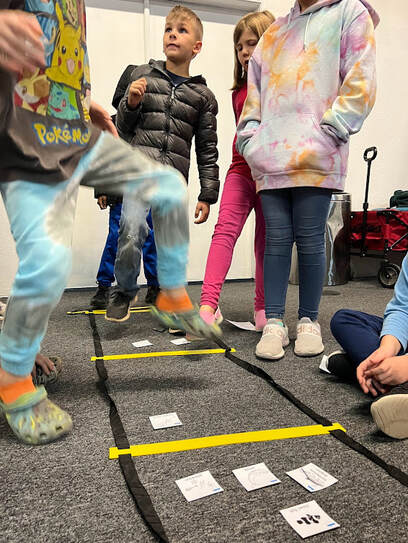
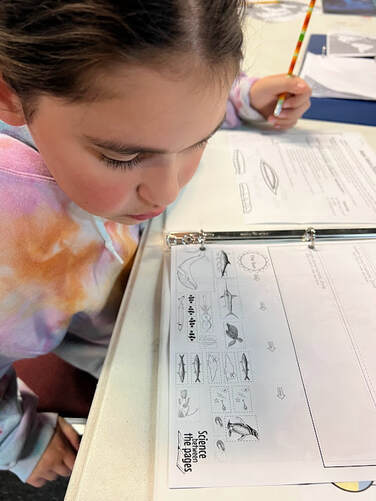
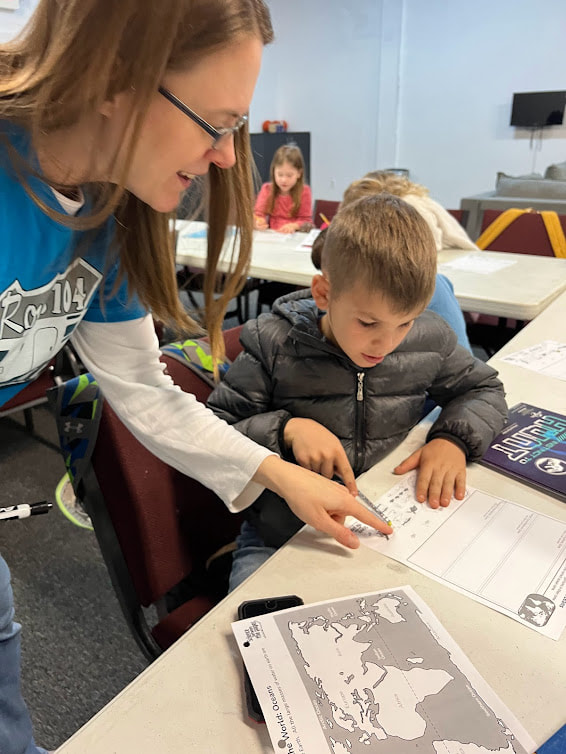
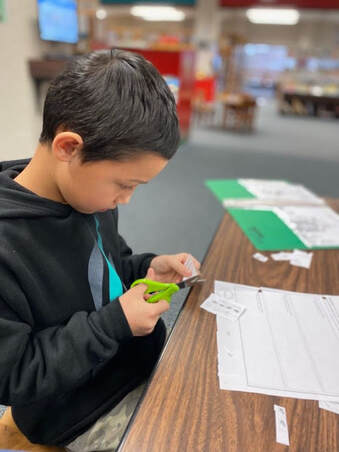
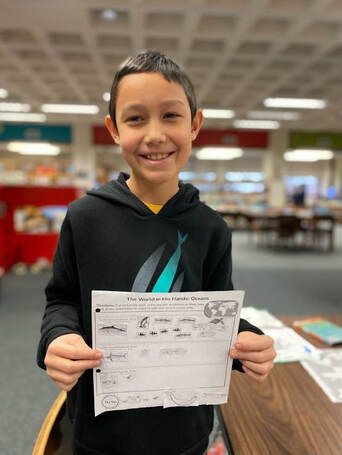
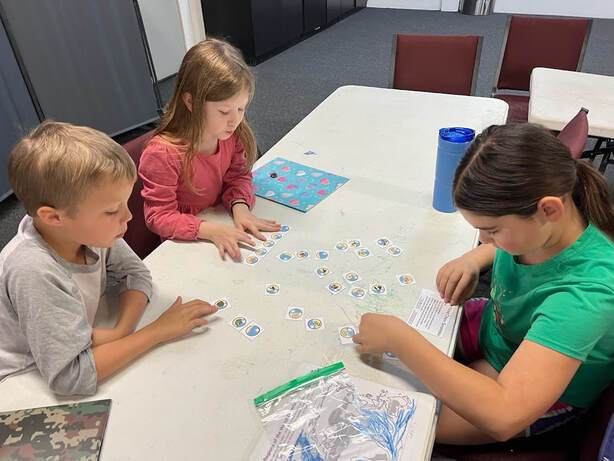
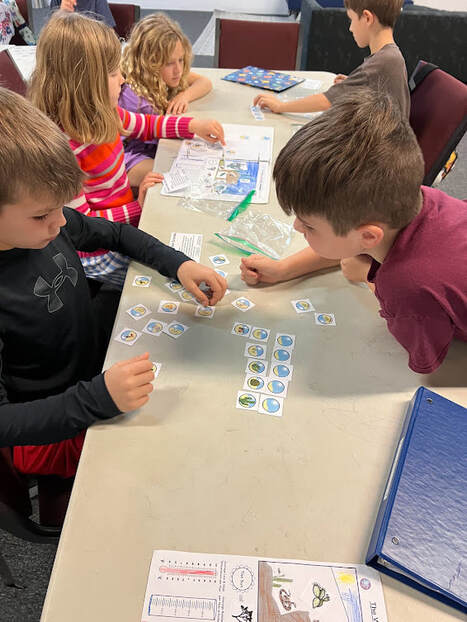
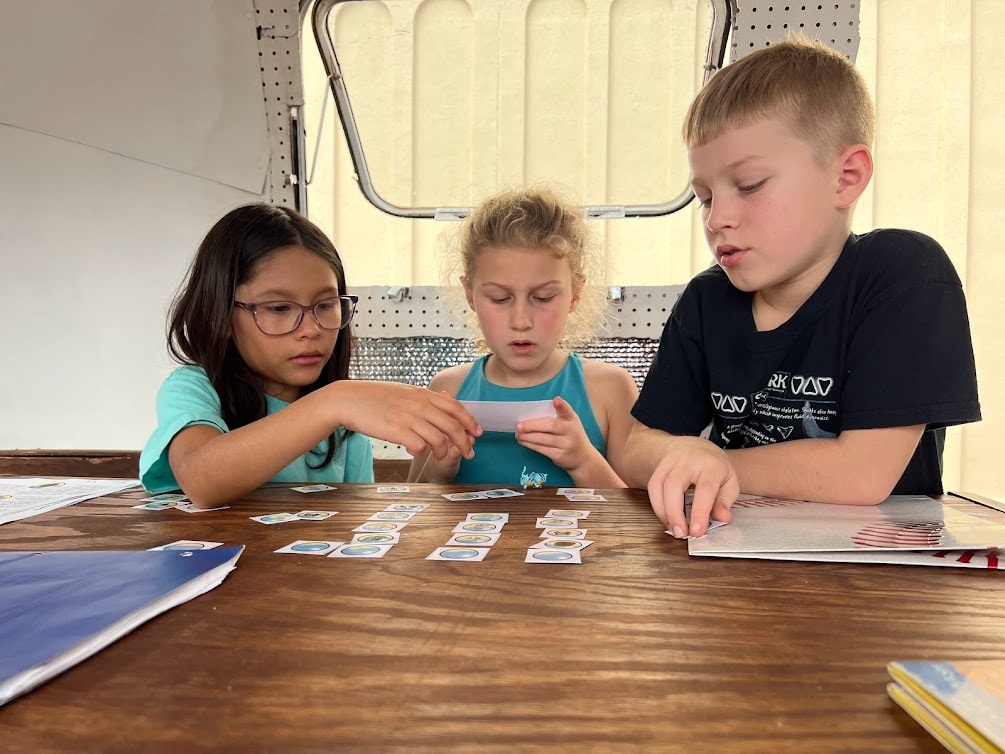
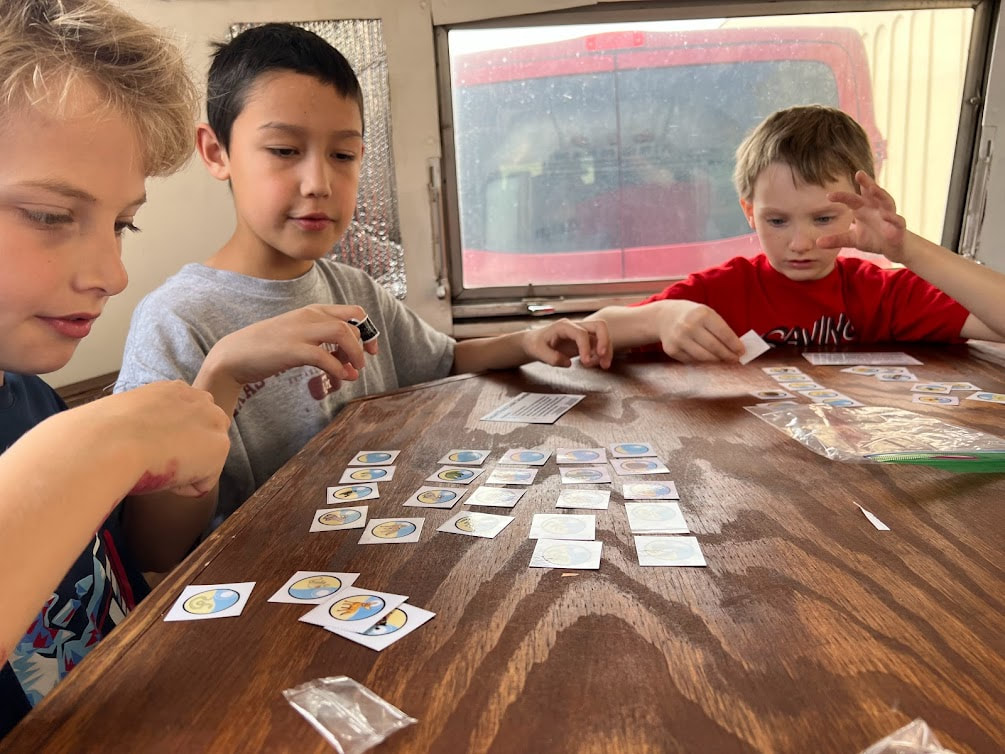
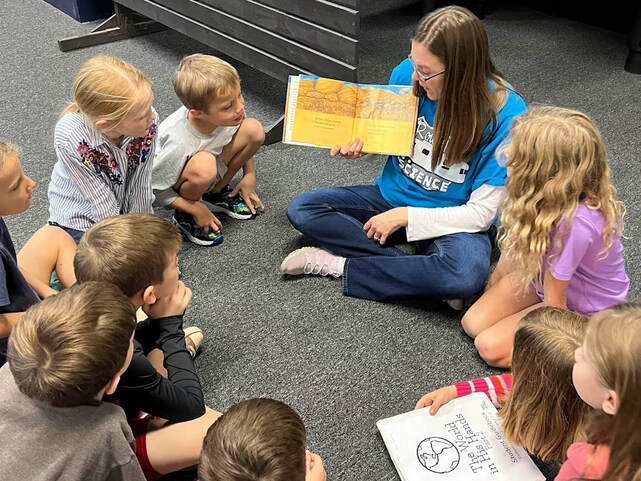
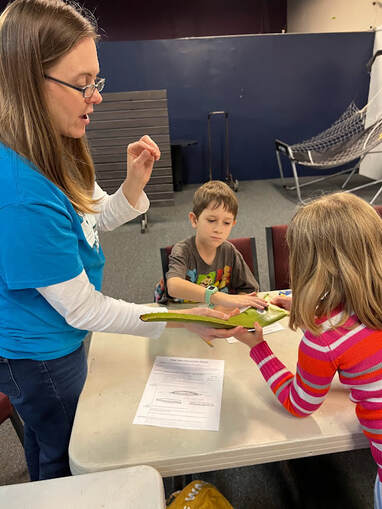
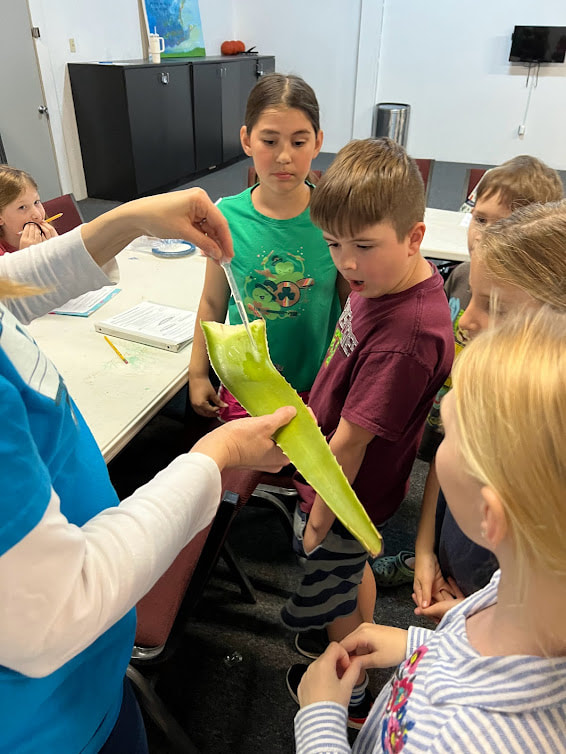
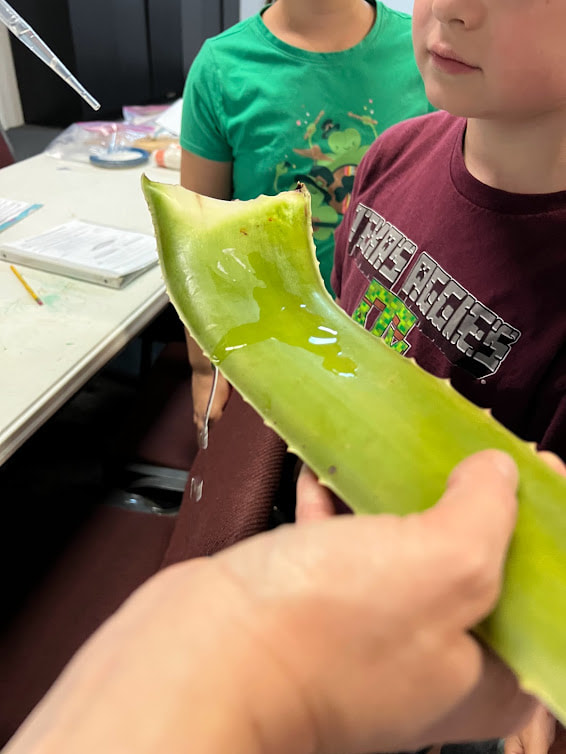
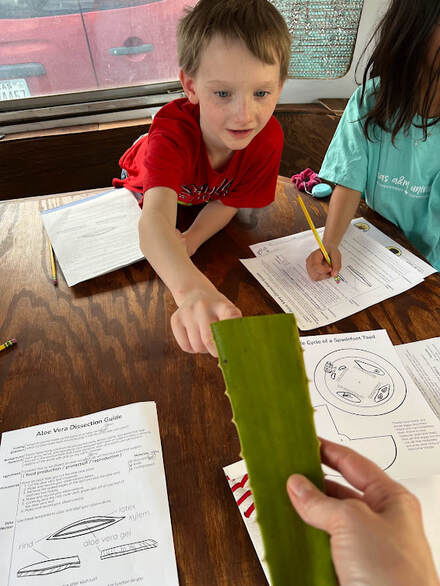
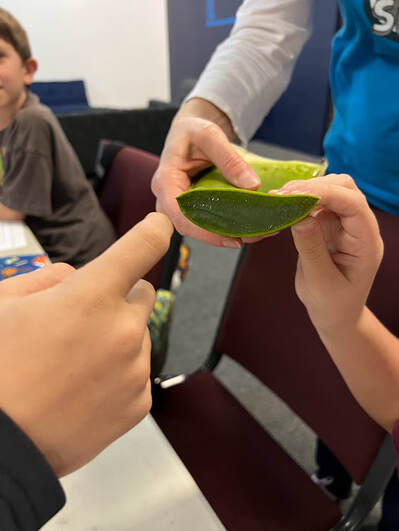
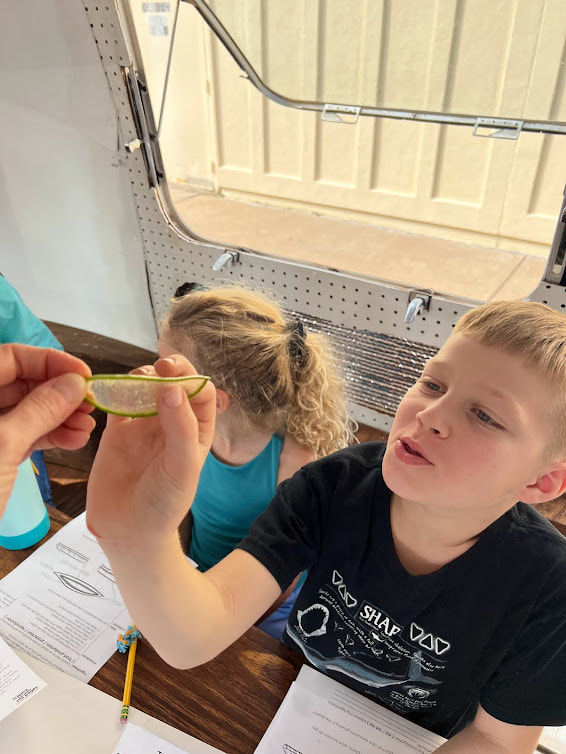
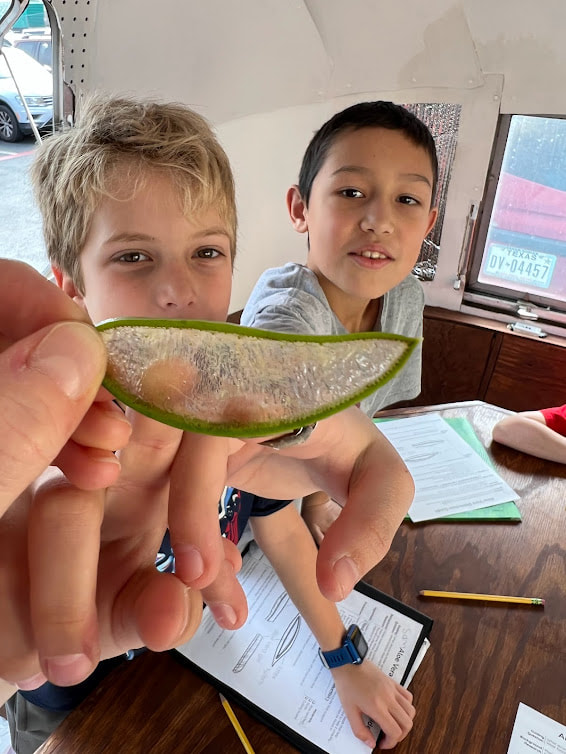
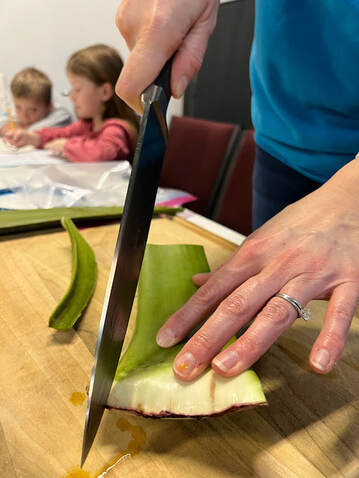
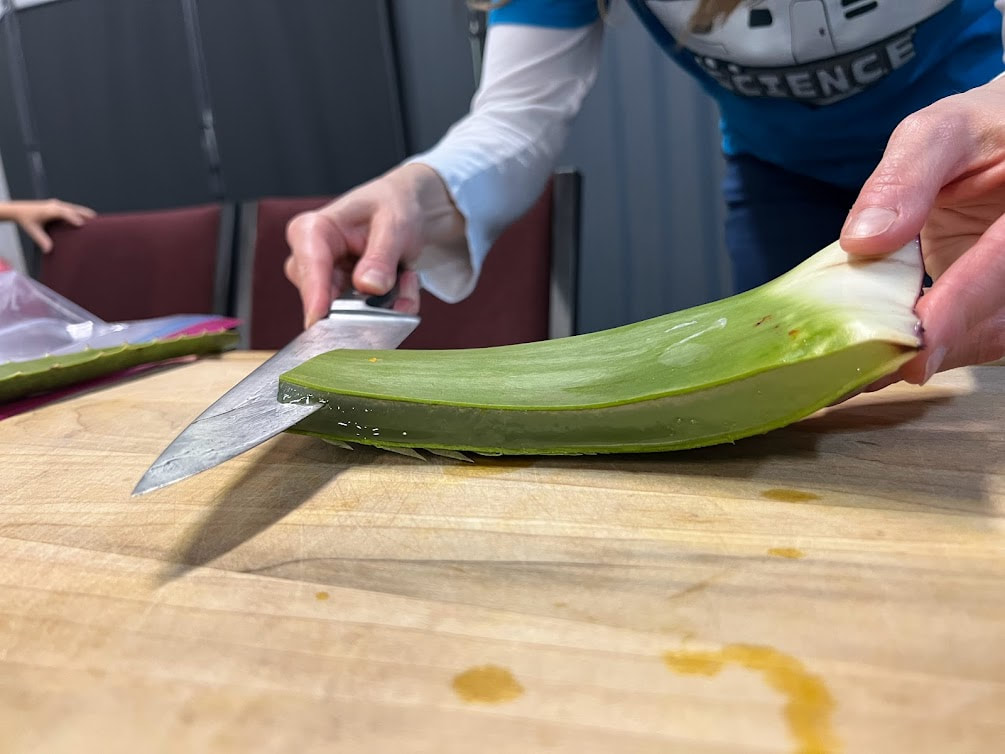
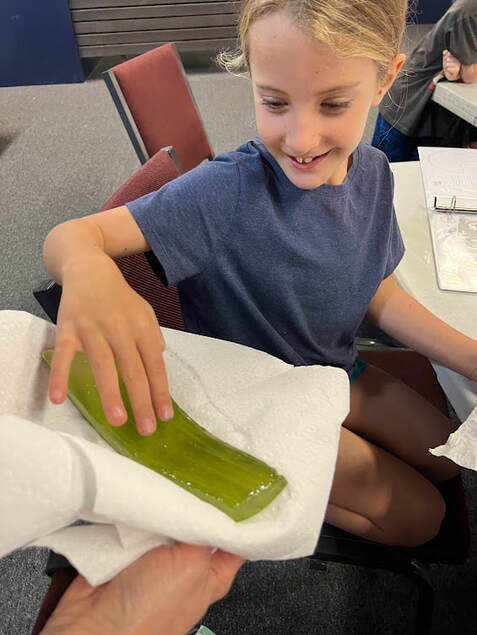
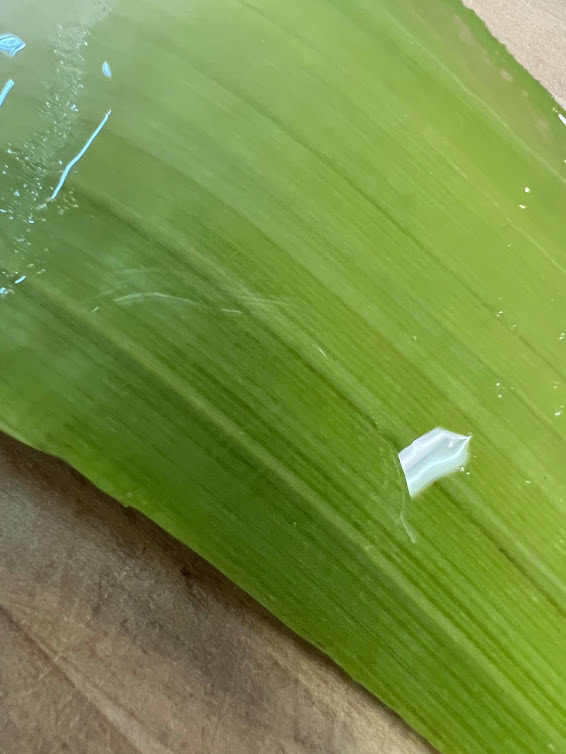
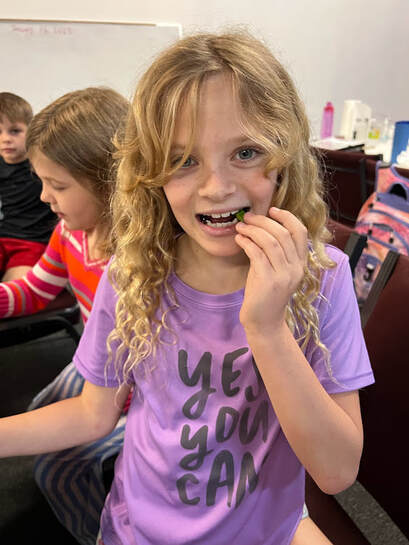
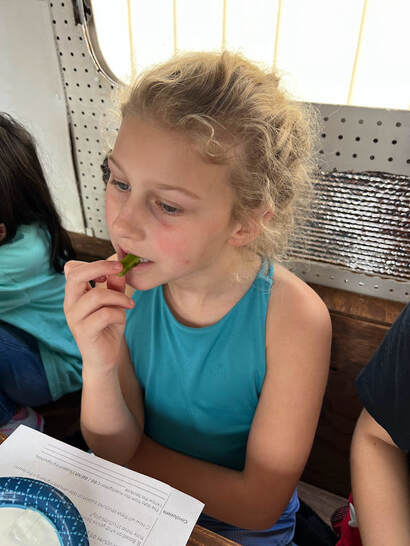
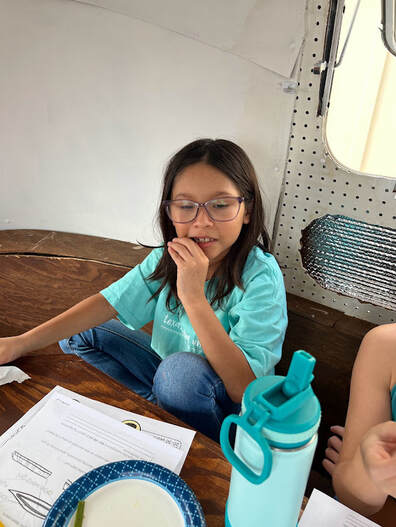
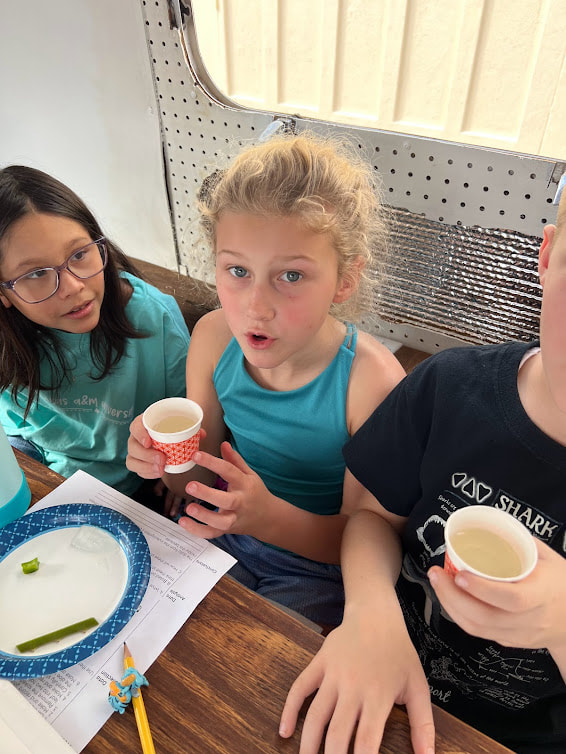
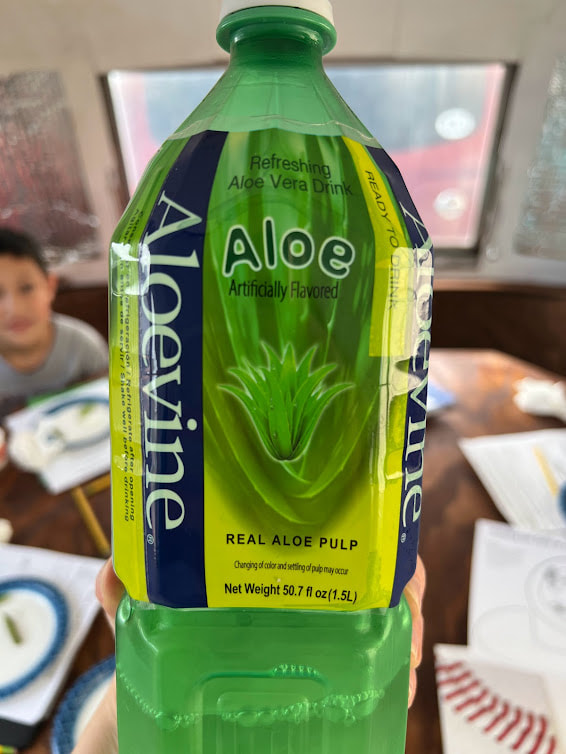
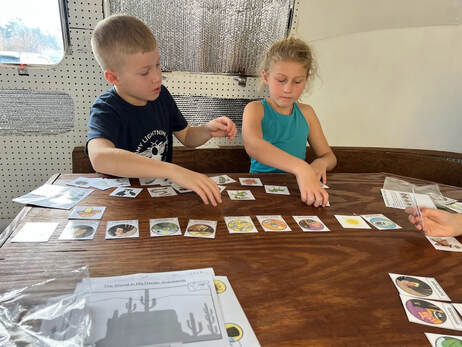
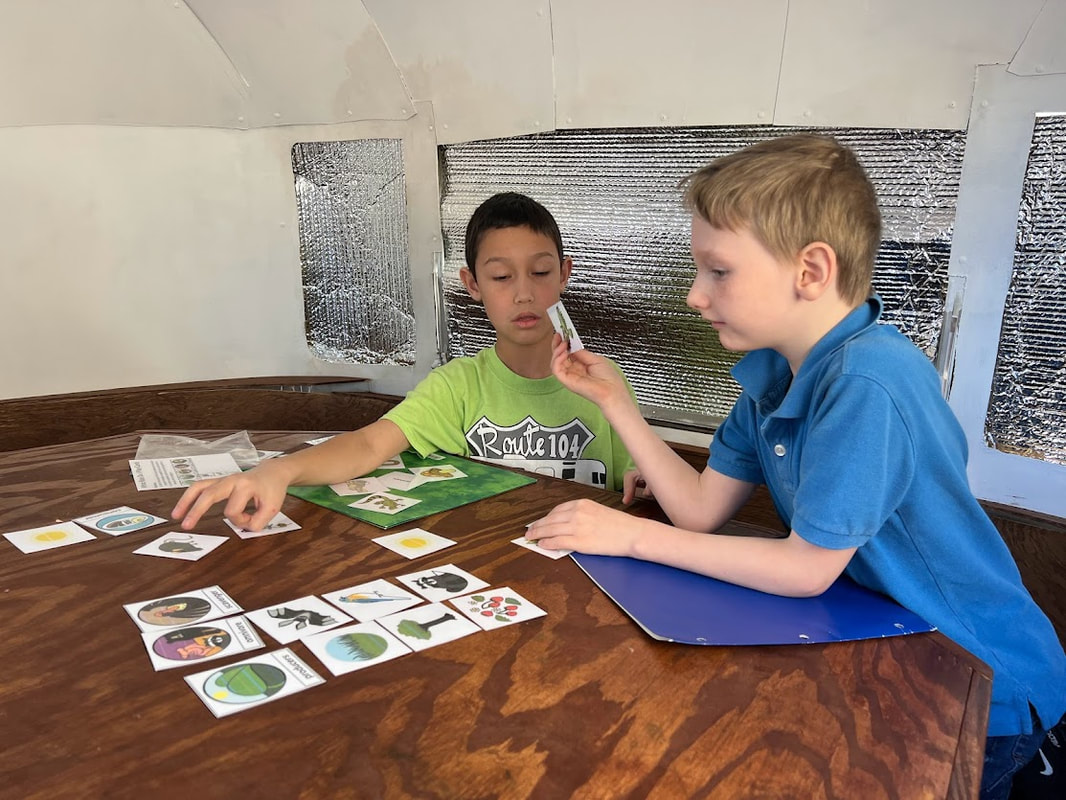
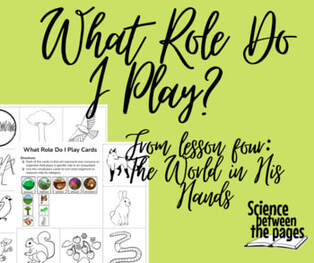
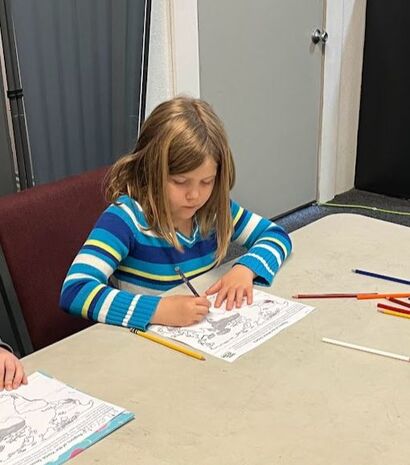
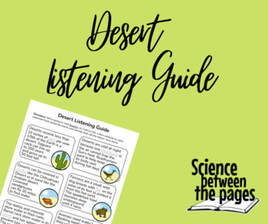
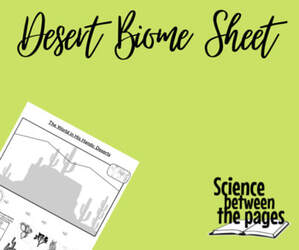
 RSS Feed
RSS Feed